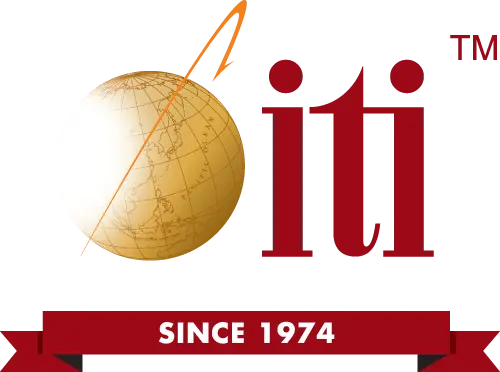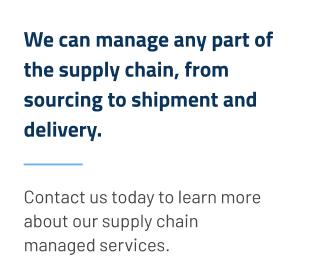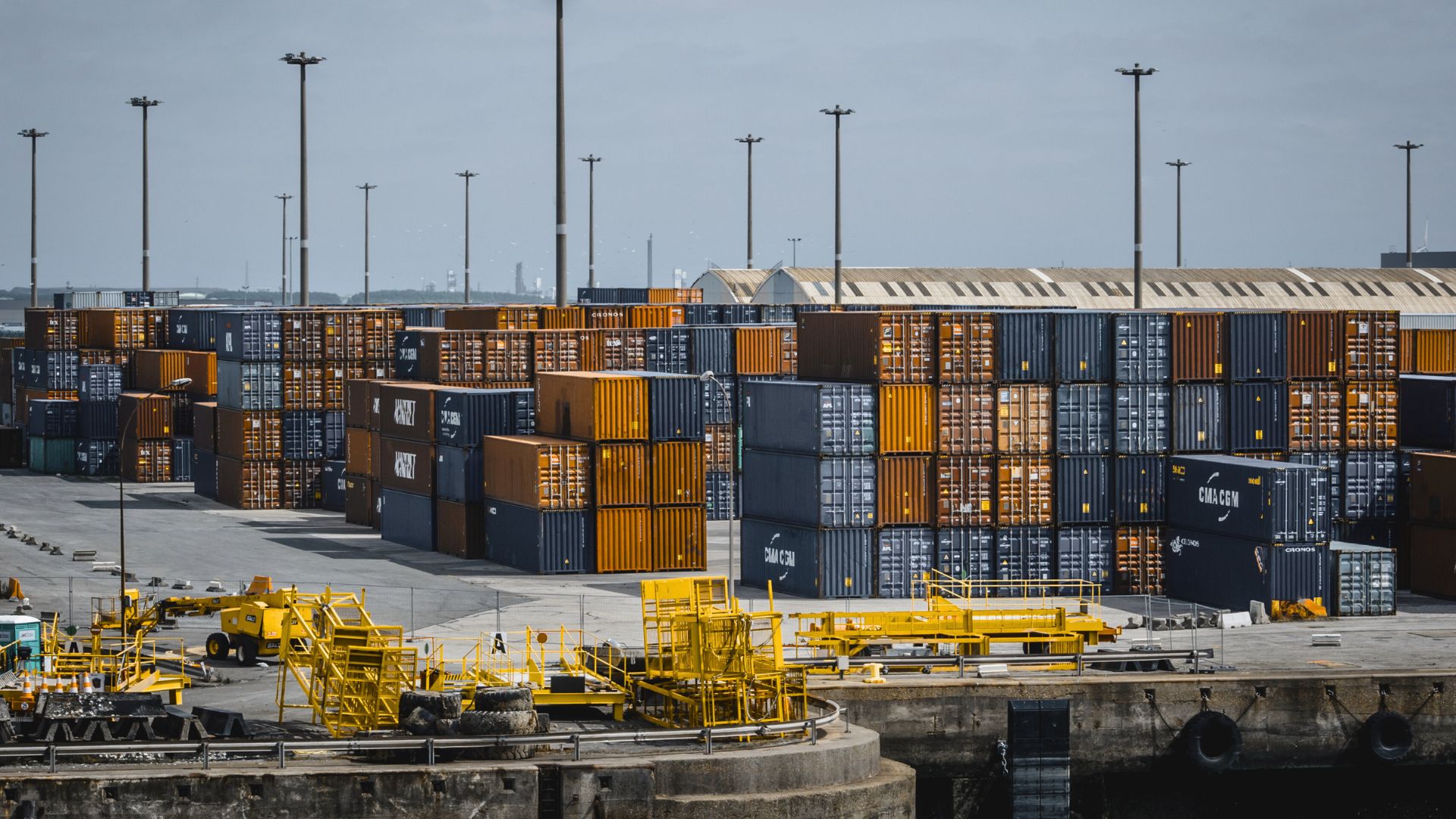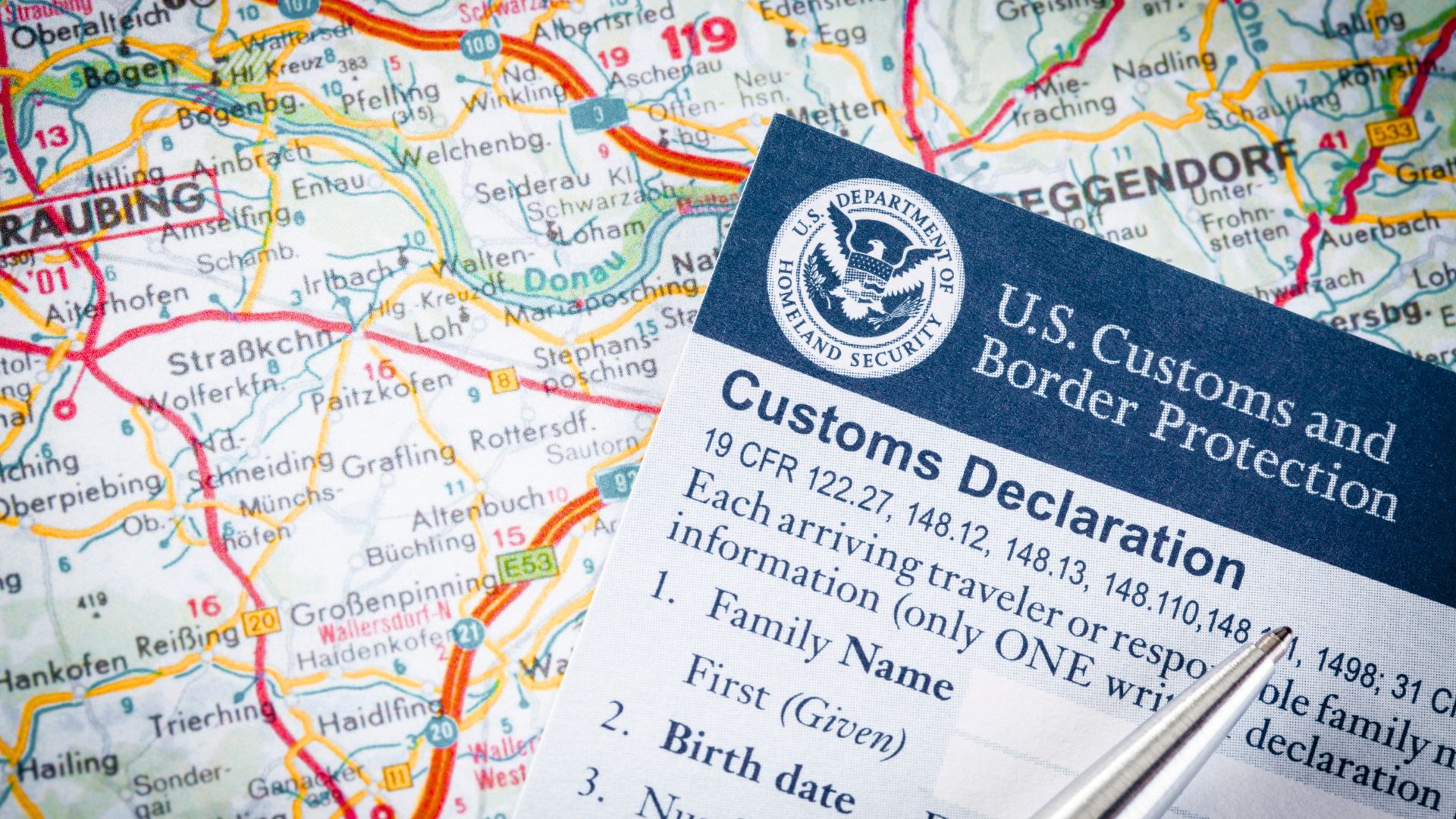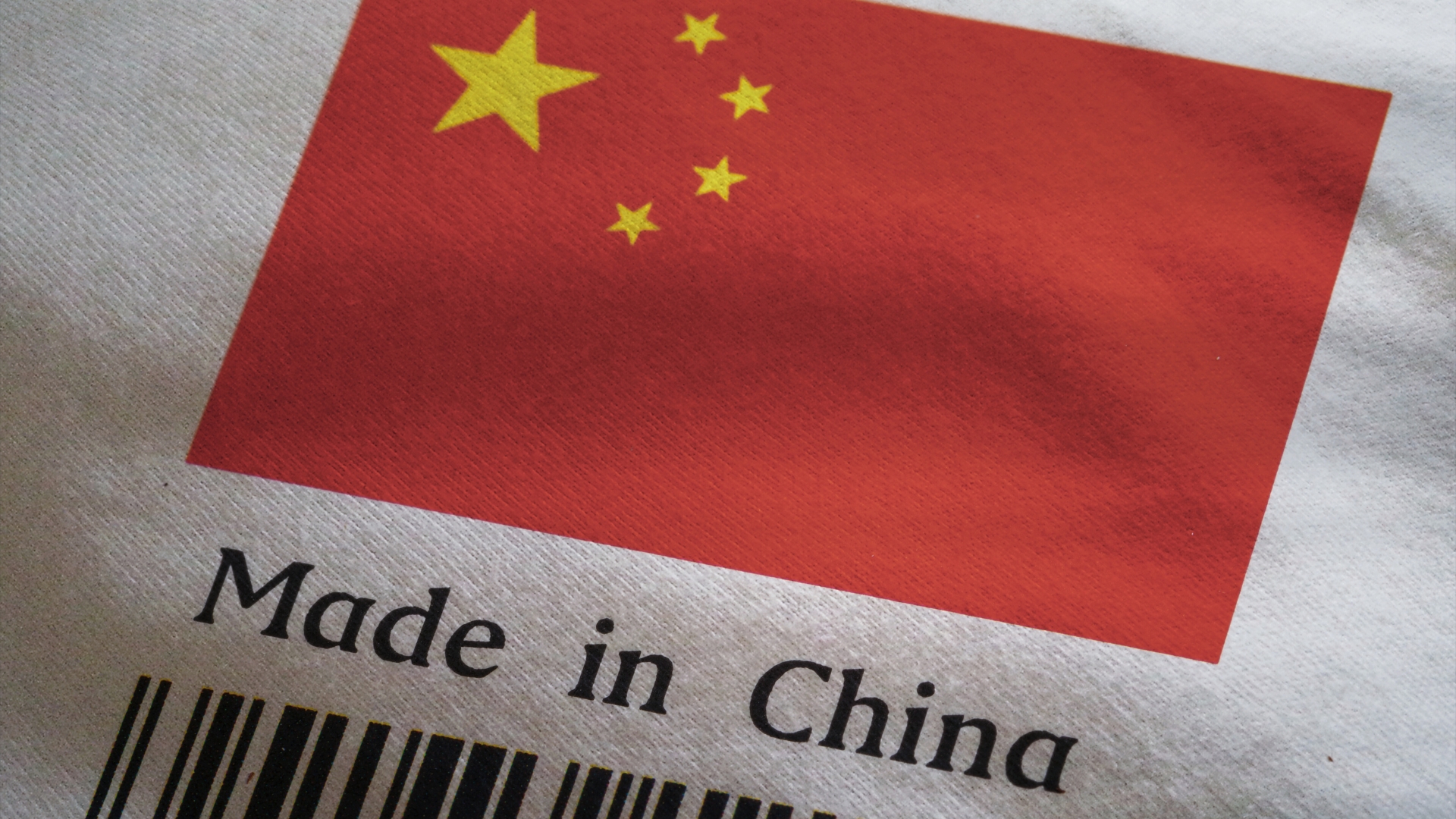
You’ve seen the labels: “Made in China” and “Assembled in China.” They may look like simple marketing phrases, but for U.S. importers and manufacturers, they carry real weight.
These designations matter to the Federal Trade Commission (FTC), to U.S. Customs and Border Protection (CBP), and to your bottom line.
At ITI Manufacturing, we help U.S. companies navigate these distinctions. Correct labeling ensures compliance, avoids costly delays, and protects your reputation.
This article explains what each label means, the legal requirements behind them, and why accuracy is essential for every business managing overseas production.
What Does “Made In China” Mean?
Under U.S. law, country-of-origin labeling is determined by the principle of substantial transformation. This legal standard requires that the country of origin be the place where a product undergoes its most significant manufacturing step: the process that changes it into a new article with a new name, character, or use.
If the majority of manufacturing or value-added work happens in China, the product must carry a “Made in China” label. This rule applies even if some components come other countries..
Examples include:
- Molded plastic parts produced in Chinese factories
- Printed circuit boards fabricated and assembled in China
- Metal castings and machined parts
- Textiles cut and sewn into finished garments
When these processes occur in China, U.S. Customs requires the “Made in China” designation. It is not optional, and mislabeling can trigger penalties, shipment delays, or relabeling requirements at the port.
What Does “Assembled in China” Mean?
“Assembled in China” refers to final assembly work, not substantial transformation. In this case, China is the assembly hub, while the critical value-added manufacturing may occur elsewhere.
This type of label is typically used when:
- Components come from multiple countries
- The most significant transformation happens outside China
- China’s role is limited to final integration or finishing steps
Manufacturers sometimes use dual labels such as “Assembled in China from U.S. and imported parts.” This clarifies the role of China in the assembly process and ensures accuracy under U.S. Customs rules.
The key is honesty and precision. An assembly label informs Customs and customers that China’s role was limited to assembly, not to the primary creation of the product.
Legal Requirements for Product Labeling
Labeling is not optional. U.S. Customs and Border Protection (CBP) enforces strict requirements, and all imports must comply.
Labels must be:
- Legible. Easy to read and not hidden under packaging.
- In English. The language requirement is clear and non-negotiable.
- On the product. Not just on the box or outer packaging.
- Accurate. They must reflect the true country of origin or assembly.
Violations can lead to fines, shipment delays, or mandatory relabeling before release. For business owners, inaccurate labels are more than a compliance issue. They can be a significant supply chain risk.
Why the Distinction Matters to Your Business
The difference between Made in China and Assembled in China is more than just a matter of technical language. It has a direct impact on your business operations.
- Customs clearance: The wrong label can hold shipments at the port. The correct one speeds clearance.
- Tariff classification: Duties and tariffs can depend on where the substantial transformation occurs. Labeling errors can trigger unexpected costs.
- Consumer perception: Accuracy demonstrates transparency. Mislabeling erodes trust with customers, partners, and regulators.
At ITI, we verify labeling requirements with factories, confirm markings before goods leave the port, and ensure compliance at every stage. This prevents costly errors and protects your supply chain.
Know What You’re Claiming and Label with Confidence
In practice, “Made in China” means the product underwent its most substantial manufacturing in China. “Assembled in China” means only that that the final product was put together there. The two are not interchangeable, and U.S. law requires precision.
For procurement team and business owners, correct labeling is not just about compliance. It’s about risk management, cost control, and brand protection.
Need Quick Answers?
If you’re responsible for sourcing, compliance, or supply chain management, labeling questions can slow down decisions. Here are some of the most common questions U.S. importers ask about “Made in China” vs. “Assembled in China”—and what they mean for your business.
Frequently Asked Questions
Q: Does “Assembled in China” avoid tariffs?
Not necessarily. Tariffs are usually based on the country of substantial transformation, not just the final assembly location. If the most significant manufacturing step happened in China, the product will still be subject to China-origin tariffs—even if the label says “Assembled in China.”
Q: What happens if my product is mislabeled?
U.S. Customs and Border Protection (CBP) can issue fines, detain shipments, or require relabeling before release. Beyond the financial hit, mislabeling undermines credibility with customers and partners.
Q: How do I know if my product should say “Made in China” or “Assembled in China”?
It depends on where the most substantial transformation took place. If China is where your components were turned into a new product with a distinct name, character, or use, it must say “Made in China.” If China only served as the final assembly hub, then “Assembled in China” may be accurate.
Q: Can I use a dual label, like “Assembled in China from U.S. parts”?
Yes, dual labels are permitted when accurate. This approach can clarify the role of China in assembly while still reflecting the true origin of key components.
Q: Who verifies labeling before my shipment leaves the factory?
Ideally, your manufacturing partner. At ITI, we confirm labeling requirements during production, verify markings before goods ship, and coordinate with factories to prevent mistakes.
Labeling Isn’t Just Compliance. It’s Risk Management.
Every mislabeled product carries the risk of incorrect tariffs, delays, and lost trust. That’s why the right partner matters.
At ITI Manufacturing, we take the guesswork out of origin labeling. We verify requirements during production, confirm markings before shipping, and work directly with overseas factories to protect your supply chain.
Don’t let a mislabeled product cost you time, money, or reputation. Talk with ITI today to get compliance handled before your goods leave the factory.
